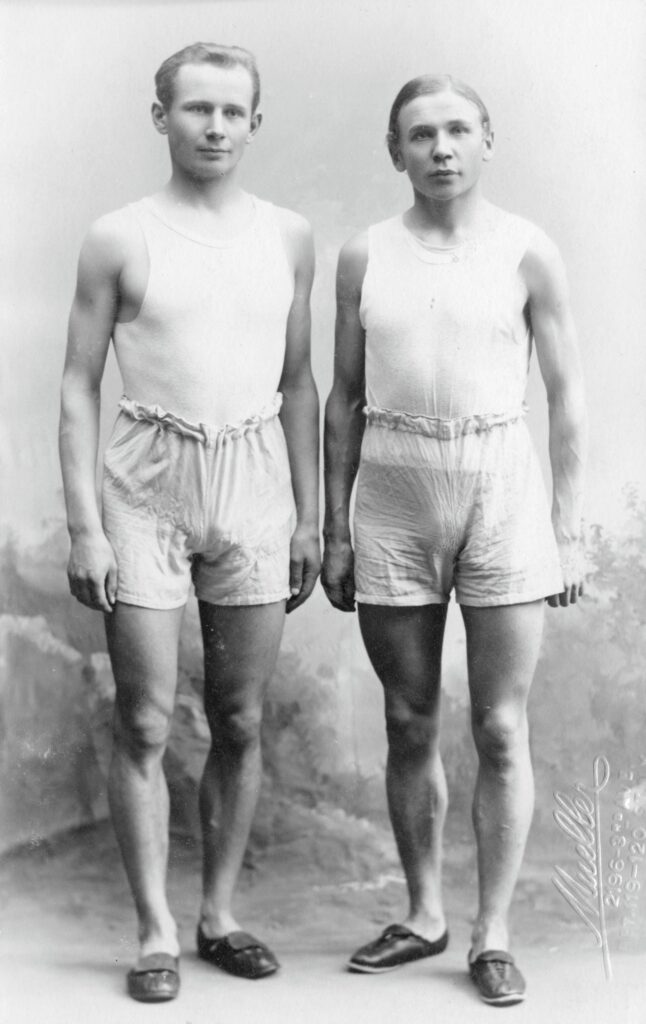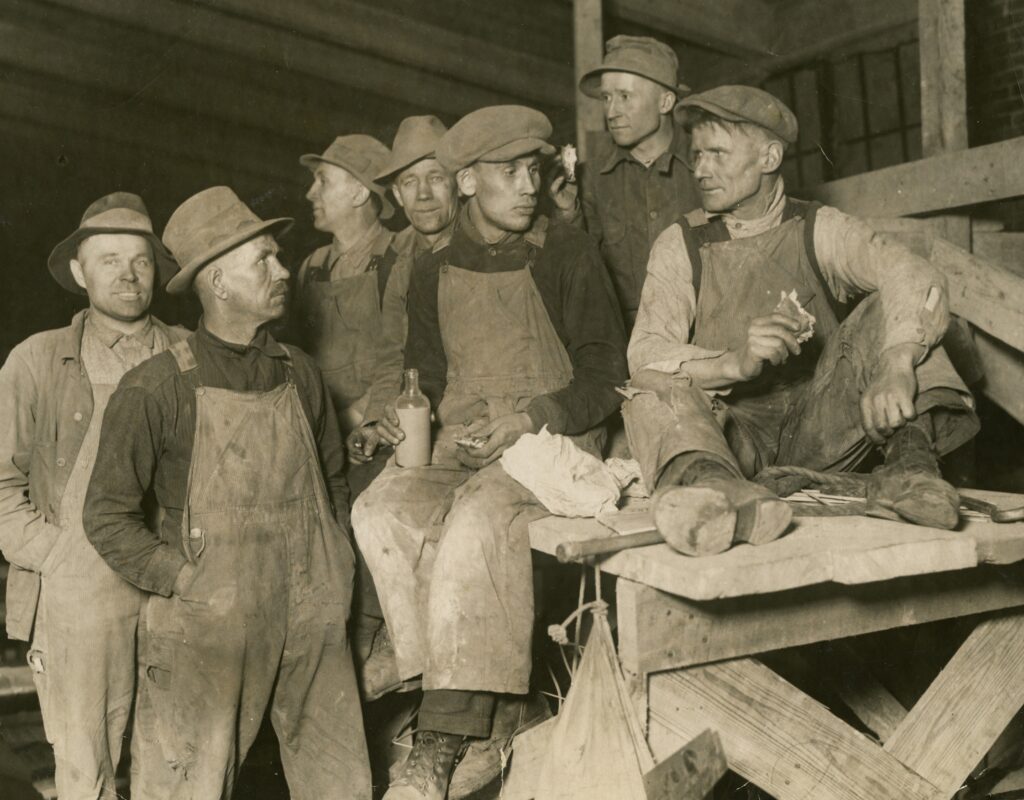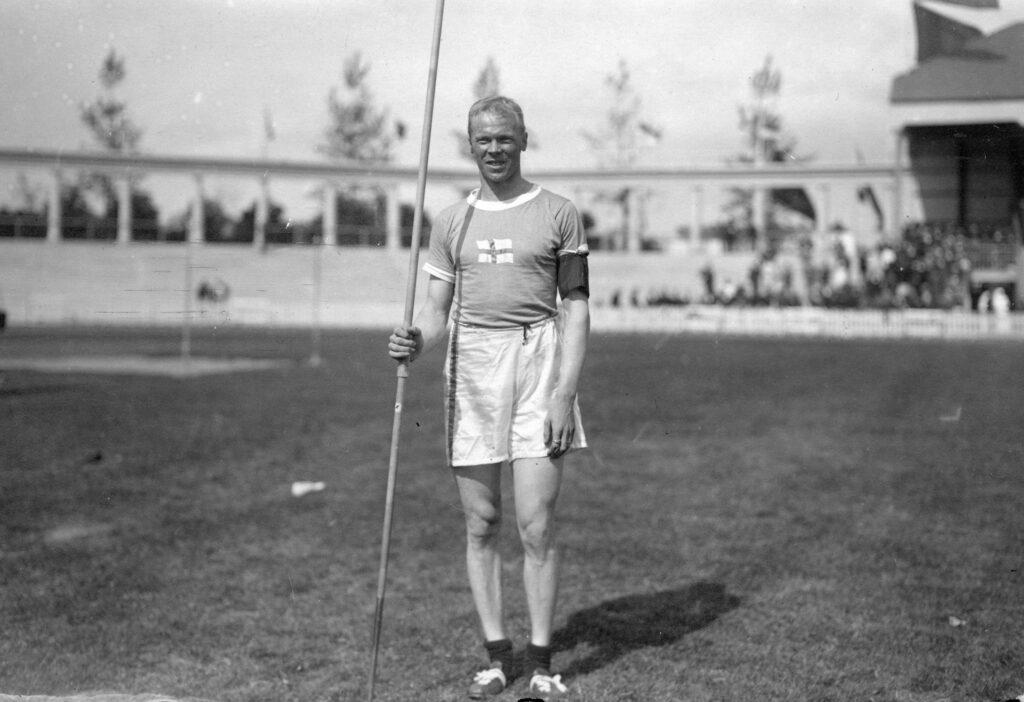Between 1870 and 1945, approximately 370,000 emigrants left Finland for North America. One-fifth of these emigrants returned to Finland. Many left for work, as there was a huge demand for labor in the United States. In an agricultural society, the eldest son typically inherited the family farm, so the other children had to seek their livelihoods elsewhere, sometimes as far away as America.
There were also athletes among emigrants. Hannes Kolehmainen, who won three gold medals and one silver at the 1912 Stockholm Olympics, followed his brother Viljami to the United States after the Olympics, as there was little work for a bricklayer in Finland. However, running took precedence over bricklaying in America, and at the next Olympics in Antwerp, he won a gold medal in the marathon.


Also Ville Ritola headed to America. He was born in a family of fifteen children, and only the eldest son inherited the family farm. The other siblings had to seek their fortunes elsewhere, and eleven of them tried their luck in America. Ritola, a talented runner, started to work as a carpenter in the New York area. He gradually developed as an athlete, and at the 1924 Paris Olympics, he celebrated four gold medals and two silvers. From the 1928 Olympics in Amsterdam, he came back with gold and silver medals.




Jonni Myyrä, the Olympic gold medalist in javelin in both 1920 and 1924, also traveled to the United States after the 1924 Olympics. Myyrä’s sawmill had gone bankrupt, leading him to embezzle funds from the municipality of Savitaipale. The cycle of problems eventually led Myyrä to leave his homeland behind, and he never returned to Finland.




